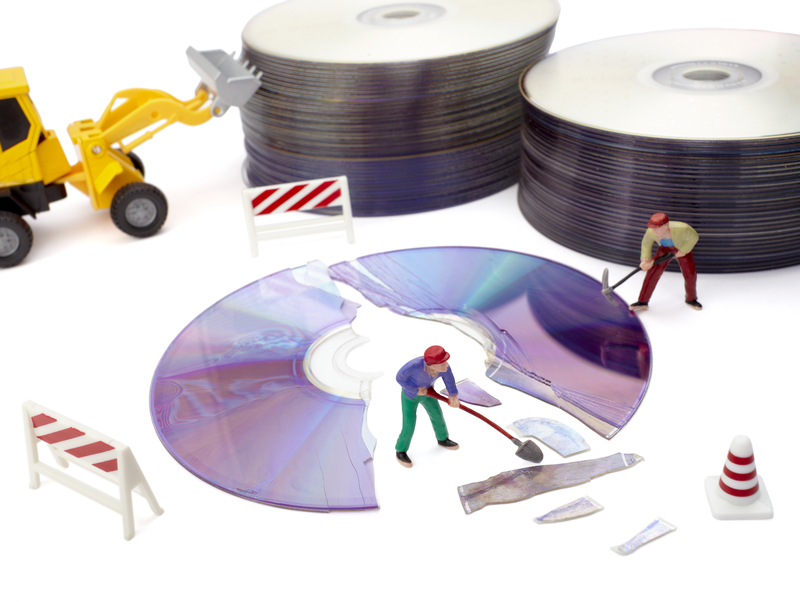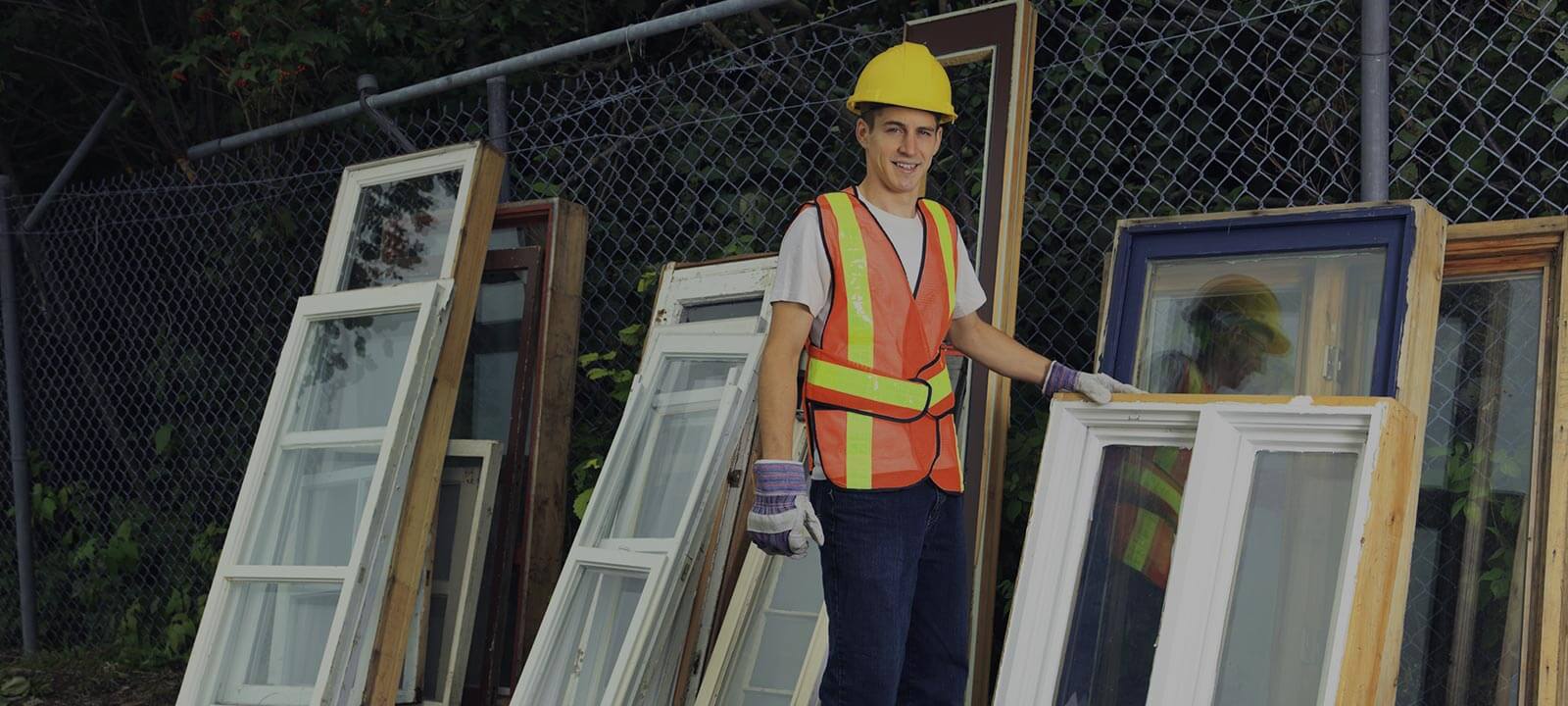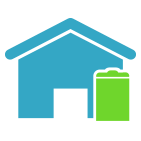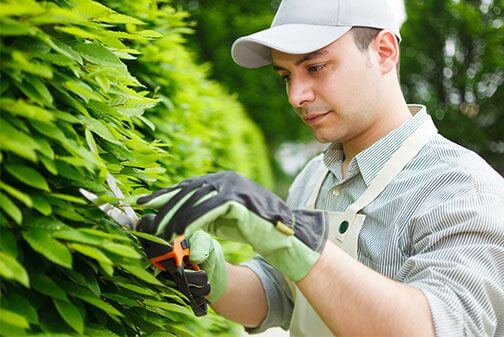6 Easy Steps for Home Paper Recycling
Posted on 21/01/2025
Step 1: Collection and Segregation
The first step in home paper recycling is collecting all paper waste generated in the household. This could include newspapers, magazines, office paper, mail, and even cardboard. It's important to segregate this paper waste from other types of trash to make the recycling process smoother.

Step 2: Sorting
Once you have a sizeable amount of paper waste, the next step is sorting through it. Not all paper is created equal; some types are more recyclable than others. Separate paper into categories like white office paper, colored paper, newsprint, and cardboard. Remove any items that may contaminate the recycling process, such as waxed paper, laminated sheets, or paper with food residue.
Step 3: Shredding and Pulping
Shredding the paper into smaller pieces can ease the recycling process and ensure the paper is broken down more efficiently. If you have a shredder at home, this step can be quick and easy. Once shredded, the paper is soaked in water to create a pulp. This pulp will serve as the base material for new paper products.
Step 4: Screening and De-Inking
The pulp created from shredding and soaking will still contain some contaminants like ink and adhesives. This is where screening and de-inking come in. Screening involves running the pulp through a mesh to remove larger particles. De-inking is often done using a chemical process that separates ink from the paper fibers.
Step 5: Refining and Bleaching
Once the pulp is clean, it goes through a refining process to strengthen and smooth the paper fibers. Bleaching may also be performed to make the final product whiter and more aesthetically pleasing. However, some eco-friendly households might choose to skip the bleaching process to produce more sustainable recycled paper.
Step 6: Drying and Pressing
The final step in the recycling process is drying and pressing the pulp into new sheets of paper. Spread the pulp evenly over a screen and press it to remove excess water. Once flattened and dried, you'll have a sheet of recycled paper ready for use.
Pros and Cons of Home Paper Recycling
Recycling paper at home offers several benefits but also comes with some challenges:
Pros
- Environmental Impact: Reduces the amount of waste going to landfills and saves trees.
- Cost-Effective: Can save money in the long run by reducing the need for store-bought paper.
- Educational: Teaches valuable lessons about sustainability and the importance of recycling.
Cons
- Time-Consuming: The process can be labor-intensive and time-consuming.
- Space Requirements: Needs adequate space for storing, processing, and drying paper.
- Quality Issues: The final recycled paper may not be as high-quality as commercially recycled paper.
Tips for Effective Home Paper Recycling
1. Consistency is Key: Make it a habit to segregate and recycle paper regularly.
2. Involve the Family: Educate everyone in the household to contribute.
3. Buy a Good Shredder: Invest in a reliable shredder to make the process easier.
4. Avoid Contaminants: Ensure no food, wax, or laminated paper makes it to your recycling bin.
5. Dry Properly: Make sure the paper pulp is adequately dried to prevent mold growth.

Takeaways
Home paper recycling is an effective way to reduce your environmental footprint. By following a systematic approach, you can turn your paper waste into reusable paper, contributing to a more sustainable lifestyle.
Conclusion
Recycling paper at home is a rewarding activity that can have a significant positive impact on the environment. While it does require some effort and organization, the benefits far outweigh the cons. Equip yourself with the right tools and knowledge, and you'll be well on your way to successfully recycling paper at home.










